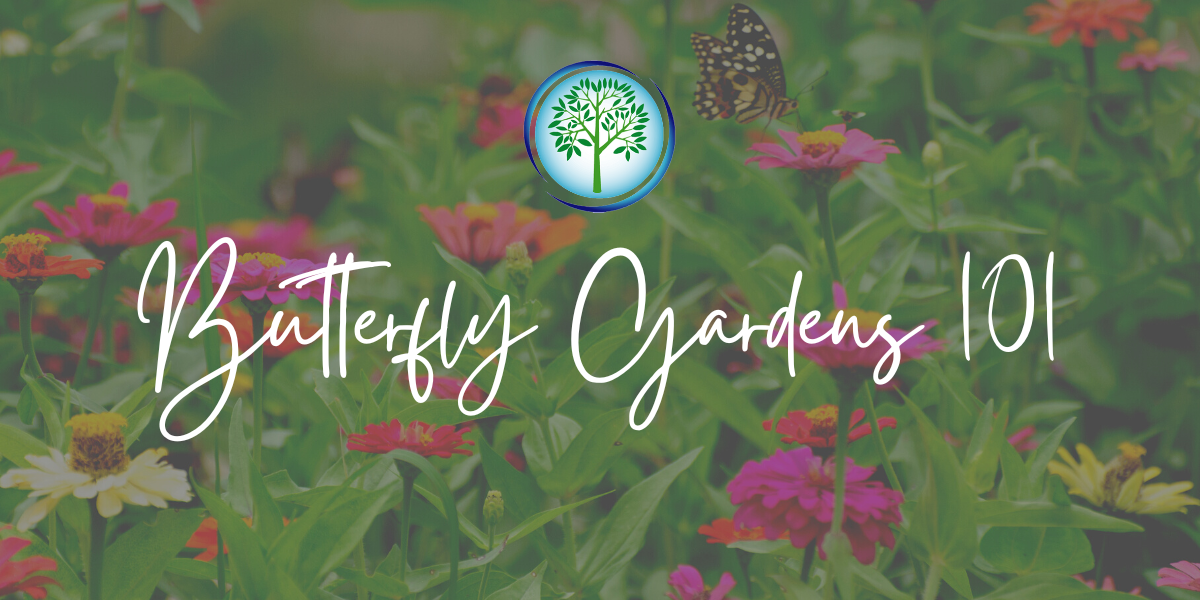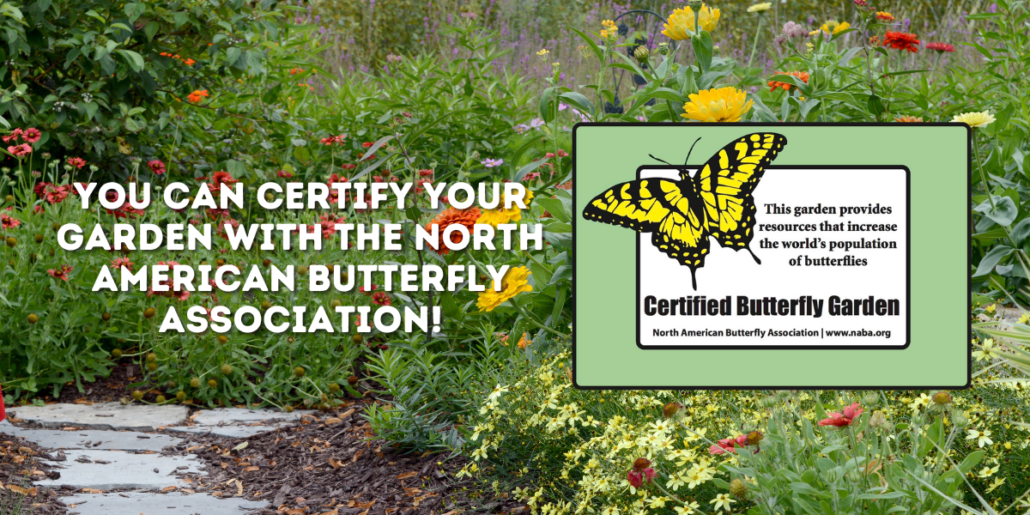Butterfly Gardens 101
The importance of butterfly gardens for our communities and how you can make your own!
What is a Butterfly Garden?
A butterfly garden is a carefully cultivated space designed to attract and support butterflies throughout their life cycle. These gardens are specifically crafted to provide the essential elements that butterflies need to thrive, including food, shelter and breeding grounds. Typically, butterfly gardens feature a variety of flowering plants that produce nectar, serving as a vital food source for adult butterflies. These plants are often selected based on their ability to attract a diverse range of butterfly species.
One of the key components of a butterfly garden is the inclusion of host plants. These are plants that caterpillars feed on exclusively, providing essential nutrients for their growth and development. By incorporating a variety of host plants into the garden, enthusiasts can support a broader range of butterfly species. Common host plants include milkweed for monarch butterflies and parsley for swallowtails.
Beyond plant selection, the layout and design of a butterfly garden are also crucial. Butterflies are particularly drawn to sunny, open spaces with sheltered areas for resting and basking in the sun. Additionally, incorporating features like rocks, logs and shallow puddles provides butterflies with essential resources such as water and minerals.
Why are they Important?
Butterfly gardens are important for several reasons, primarily centered around conservation, biodiversity and ecological balance. Here are a few key reasons butterfly gardens are so important:
- Pollination: Butterflies, like bees, play a crucial role in pollination. As they fly from flower to flower in search of nectar, they also transfer pollen, aiding in the fertilization of plants. Creating habitats that attract butterflies ultimately contributes to the reproduction of many plant species, including those important for agriculture.
- Biodiversity: Butterfly gardens promote biodiversity by providing a habitat for not only butterflies but also other insects, birds and small mammals. By creating a diverse array of plants and building conditions for various species, butterfly gardens help support a rich and vibrant ecosystem. This biodiversity is essential for maintaining ecosystem resilience and stability.
- Conservation: Many butterfly species face threats such as habitat loss, pesticide use and climate change. Butterfly gardens serve as refuges for these species, offering essential resources like food, shelter and breeding sites. By creating and maintaining butterfly gardens, we can contribute to the conservation of threatened and endangered butterfly species, helping to prevent their decline and potential extinction.
- Education and Awareness: Butterfly gardens provide valuable opportunities for education and awareness about the importance of insects and their role in our environment. Through observing butterflies in their natural habitat, people can learn about their life cycles, behaviors and ecological significance. This firsthand experience fosters a deeper understanding and appreciation for these fascinating creatures, inspiring individuals to take action to protect them and their habitats.
How can you design & build your own butterfly garden?
Designing and building a butterfly garden involves careful consideration of various factors to create a habitat that attracts and supports butterflies throughout their entire life cycle. Let’s breakdown a step-by-step guide to help you plan and execute your own butterfly garden:
- Site Selection: Creating a successful butterfly garden starts with choosing a sunny location, as butterflies are attracted to warmth and sunlight. Ensure the area receives at least six hours of direct sunlight per day. *Also, consider factors like soil quality, drainage, and accessibility!
- Research Native Species: Research native butterfly species in your area and select plants that serve as both nectar sources for adult butterflies and host plants for caterpillars. It is important to select native plants so they are well-adapted to the local climate and soil conditions, making them more attractive to butterflies and easier to maintain.
- Plant Selection: Choose a variety of flowering plants with different shapes, colors, and bloom times to provide a continuous source of nectar throughout the growing season. Include both annuals and perennials to ensure year-round interest. *You can incorporate host plants specific to the butterflies you want to attract! Some popular choices include milkweed for monarch butterflies and parsley for swallowtails.
- Layout and Design: Arrange plants in clusters rather than scattering them individually. This makes it easier for butterflies to locate food sources and creates more attractive visual displays. Leave open spaces for butterflies to bask in the sun and provide sheltered areas like rocks or shrubs for protection from wind and predators. *Check out a butterfly garden map/design below
5. Water Source: Butterflies need water to drink and obtain essential minerals. Include a shallow dish or birdbath filled with clean water and add a few stones or pebbles for butterflies to perch on while drinking.
6. Avoid Pesticides: Avoid using pesticides and herbicides in your butterfly garden, as these chemicals can harm butterflies and other beneficial insects. *Utilize natural pest controls such as handpicking pests or introducing beneficial insects like ladybugs and lacewings.
7. Maintenance: Regularly maintain your butterfly garden by watering plants during dry periods, removing weeds, and deadheading spent flowers to encourage continuous blooming.
8. Educational Signage: As an added benefit, consider adding educational signage or interpretive displays to your butterfly garden to inform visitors about the importance of butterflies, their life cycle, and the plants that support them.
By following the steps above and incorporating the principles of butterfly conservation into your garden design, you can create a beautiful and sustainable habitat that attracts a diverse array of butterflies and contributes to their well-being and conservation.
*Your can certify your garden with the North American Butterfly Association, naba.org
Design and Build Your Own Butterfly Garden
Creating a butterfly garden not only benefits the butterflies themselves but also contributes to the overall health of the ecosystem. By providing habitat and food sources for butterflies, these gardens play a vital role in pollination and biodiversity conservation. They also offer a serene and beautiful space for gardeners and nature enthusiasts to enjoy, connecting people with the wonders of the natural world.
Through education and community involvement, butterfly gardens can inspire a deeper appreciation for these delicate creatures and encourage conservation efforts to protect their habitats. Get our butterfly garden guide when you subscribe to our email newsletter! This complete guide to designing and planting your very own successful butterfly garden while also adding beauty to your community and creating habitats that are being lost and need our help to survive.
Learn more about Butterfly Gardens at the following resources:
- North American Butterfly Association, naba.org
- Monarch Watch, monarchwatch.org
- Butterflies and Moths of North America
- Pollinator Partnership, pollinator.org
- North American Pollinator Protection Campaign,nappc.org






